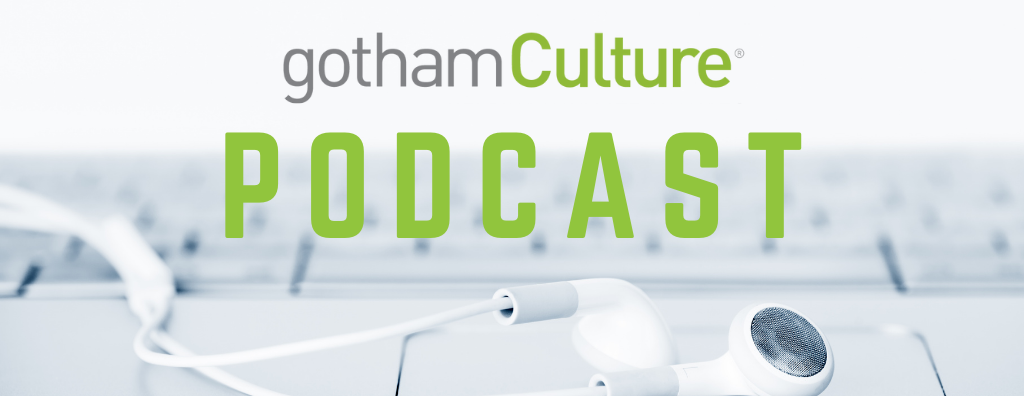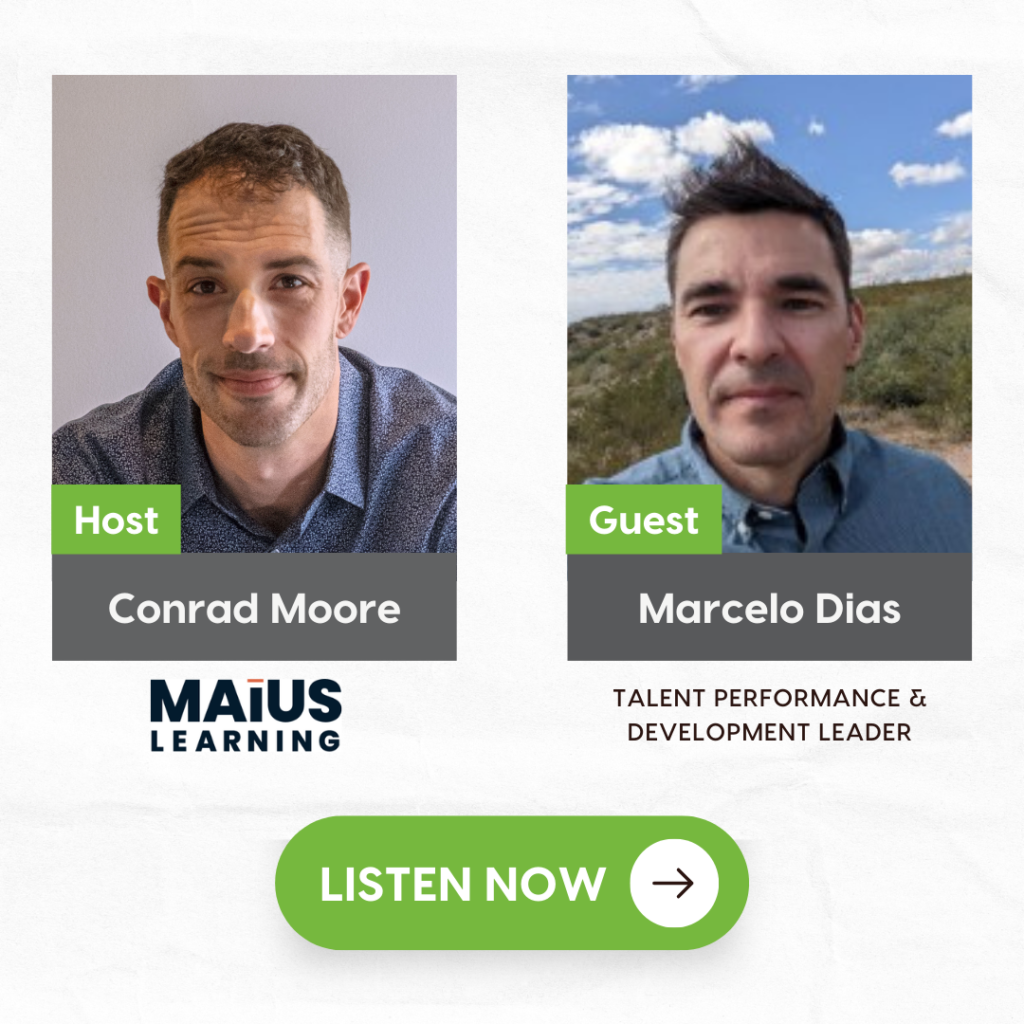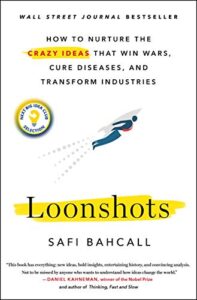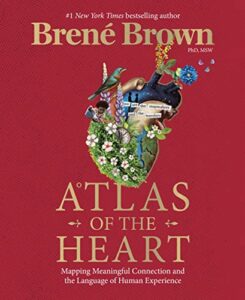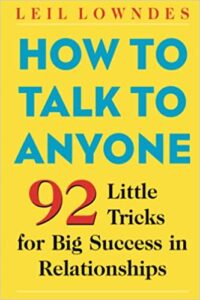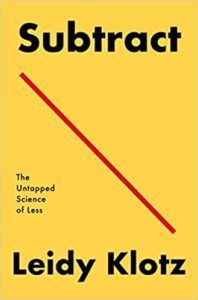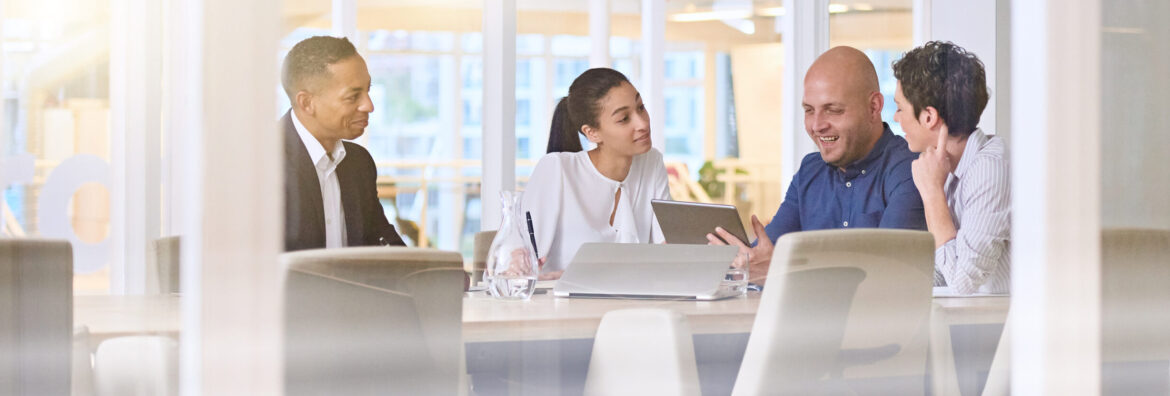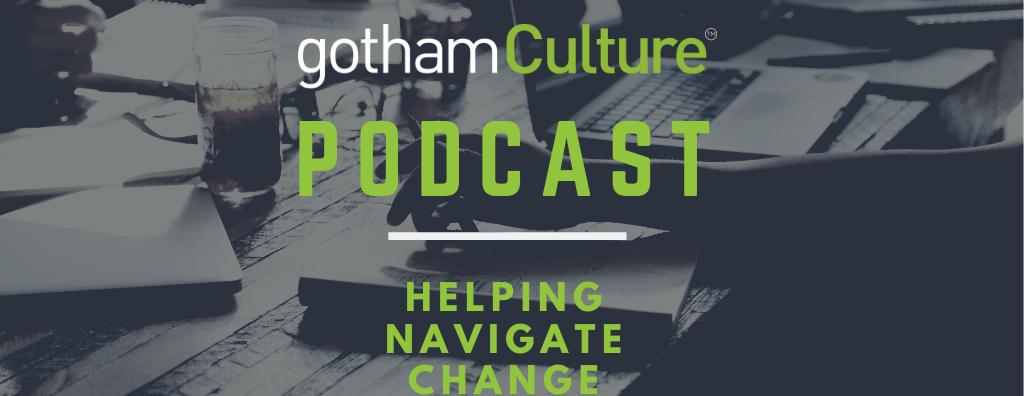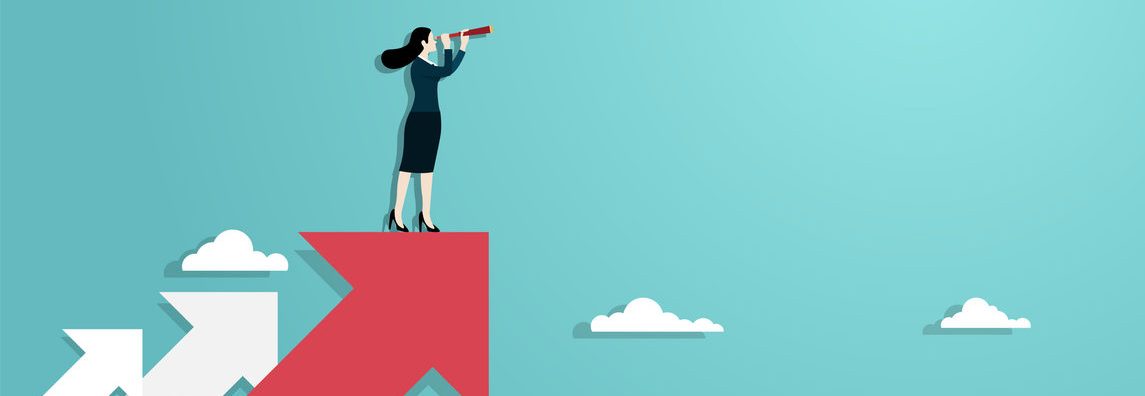In this episode of the gothamCulture Podcast, guest host Conrad Moore from MAiUS Learning talks to Marcelo Dias, a Talent Performance & Development Leader about how being burned out actually changes your brain chemistry resulting in exhaustion, cynicism, or just lack of effectiveness. Once employees reach this level of dissatisfaction with their jobs, it just ends up taking up a lot of their mental space. What can we do to get back to flourishing at work?
Production note: This interview was originally recorded in January 2022.
Released: December 20, 2022
Kate Gerasimova, gothamCulture:
I’m happy to present to you a series of episodes involving culture gathered over the past year, asking experts in the industry for their advice and recommendations for leaders of organizations in this always-changing environment. These three episodes touch on how organizations need to be resilient in these vulnerable times. Each guest has a unique background and brings their own expertise and experience to what organizations, leaders, and employees need to do to be successful.
Conrad Moore:
All right. Hello, this is Conrad Moore from MAiUS Learning. I am happy to be back today on Gotham’s podcast as a guest host. And I’ve brought with me Marcelo Dias, who is a learning professional with over 15 years experience leading learning and development teams and supporting digital tech transformations. He spent most of his career at Intuit and Visa and since then, has been an independent learning consultant for about three years. Marcelo, first of all, thank you for joining.
Marcelo Dias:
Thank you. Yeah, really happy to be here. Thanks for having me.
Conrad Moore:
Yeah, and one of the things I’m excited, you don’t have to name any names, but I think it’s interesting to talk to you, because I actually don’t know the names per se, but I know that you talked to some folks, as a coach, who have some interesting perspectives when we’re thinking about this whole great resignation right now. So what are you hearing from some of your clients about what’s going on?
Marcelo Dias:
Yeah, this is a very popular topic. Some people are calling it the great reshuffle. I hear great reimagination, great renegotiation, even in the media, a lot of conversations around it. What I’m personally hearing is that a lot of people are either burned out or numbed out. And being burned out actually changes your brain chemistry and you see this exhaustion, cynicism, or just lack of effectiveness. And what I’ve learned from some of my clients is that once they reach this level of dissatisfaction with their jobs, it just ends up taking a lot of their mental space. And actually, I have here some notes as one of my clients, the way she described it is I might be done early for the day, but it’s difficult for me to be present with my kids, because I am still caught up in the politics of what’s going on at work.
And this, I’m hearing a lot. People are just having a really hard time disconnecting from that. On the other hand, I’ve also talked to a couple people who are kind of numbed out. They’re basically disengaged from their jobs. I’m thinking of a learning professional, he’s mentally done with his job, but continues to hang in there because the pay is good, honestly, and he couldn’t afford to go a month without that income. So yeah, he’s miserable, but he’s still managing to do the bare minimum to get fired. That’s kind of what I’m seeing right now.
Conrad Moore:
Yeah, and I think that makes a lot of sense, because I think that was always people’s experience, but then you layer on top of that a pandemic and it kind of just amplifies some of those feelings, and brings them into focus perhaps, which is maybe what we’re seeing here. So what can people do if they’re feeling burned out or disengaged? Is there anything that you’ve advised people to do?
Marcelo Dias:
Yeah, and what I’ve seen is there are people who are getting out of these situations. They’re even flourishing right now. And I think a big first step for them is just taking a hard look at their priorities, right? And he mentioned the pandemic, it’s hard to get away from that, and that’s, I think, forced a lot of us to face our own mortality. And there’s this phrase in Stoic philosophy, you may have heard Memento Mori, right, which roughly translates from the Latin as remember that you have to die, right? And I think consciously or unconsciously, this is driving a lot of people to reprioritize what’s important in their lives. And for work, you can see that as no longer wanting to be tied to a company office. And so I talked with someone who moved closer to his kids after a year into the pandemic, because that not knowing, somebody was getting sick, somebody not getting sick, they really wanted to be together, and he was able to do that by just going to remote.
And fortunately for him, he liked his job, he got to keep his same job, and that was how he find that ideal work-life balance. Able to stay in the same job, but having the opportunity to be closer with families. But for others, they may be they were just tired of the 60-plus hour work week. And so I know former colleague of mine, when she decided she needed to look for another job, and she knew what kind of questions to ask in the interviews, because she was really looking for a well-resourced team. She wanted a laid back team. She didn’t want this craziness anymore, of working nights, working weekends. And so thankfully, that’s exactly what she found. But it’s interesting that that was the mindset that she had going in, where she was asking the questions. Is this, we’re all going to be the kind of thing that I’m looking for?
So maybe what we’re really seeing, in my mind, is this great reprioritization, right? For a lot of people, they’re not saying I’m done with work, they’re just reshaping it in a way that fits in with the rest of their priorities. And I can tell you from my own personal experience, actually, I’m kind of in the midst of this still, but I started my consulting business and for a while, I was kind of saying yes to anything I could possibly get. And fortunately enough for a while, there actually was getting more hours than I wanted to, which started getting me to this other side, where I decided okay, I just need to be more selective about the engagements that I’d taken on.
So yeah, this reduced my income, but on the plus side, I gained a lot more time back, and even that mental space that I was talking about before, right? Because sometimes it’s not just the hours, it’s also how much of that mental space is taking up your day. And so I was able to deepen my relationship with my kids, my partner, even my parents, having more time with family, which is really, really important for me. And it kind of brought me back to some of that foundational stuff. And finally, it’s given me an opportunity to reflect of what kind of impact at this Memento Mori. I took it seriously. What kind of impact do I want to have before I die?
Conrad Moore:
That’s a very deep thought. And can I also ask you maybe if you’re trademarking the great reprioritization?
Marcelo Dias:
No. I’m sure somebody out there has used it, but it’s just what’s really resonated just based on my experience, yeah.
Conrad Moore:
All right. Well I heard it here first.
Marcelo Dias:
Okay.
Conrad Moore:
And so I think you said it. I like that kind of thought process though. And I do think you’re right, people are doing a lot of deep reflecting and thinking about the prioritization of their lives and their families and work, and so I think that that resonates with me in terms of what I’ve seen out there in the world and conversations with other people. So let’s flip that around and look at the other side of that equation. If we’re thinking about organizations who we know, obviously, are working hard to either retain the top talent that they have or attract new top talent now that people have left, and so if that’s what we’re seeing in the labor market is people who are really looking deeply at what maybe their purpose in life is, what do you think organizations can do to align to this new set of priorities?
Marcelo Dias:
Yeah. And I mentioned this earlier, I mean, there’s no question, flexibility goes a long way, right? The ability to live where you want to live, it’s a really important benefit. And I know there’s a lot of organizations debating this, what does this really look like, but time and time again, I hear this is really important. The other one is just a flexible schedule, right? It’s very important, especially for parents, caregivers, the ability to kind of shape their work around other responsibilities.
But I think if companies really want to stand out, they need to do some more of this, of what you just mentioned, right? How do you create the space for employees to gain that kind of clarity, what’s important for them personally, and then to kind of help them achieve that balance in their lives. And I see very few companies take an active role in supporting their employees’ wellbeing. I mean, maybe they provide EAP, right, the employee assistance program where you might get eight free counseling sessions. But right now in the pandemic, it’s nearly impossible to access, right? So you may have other benefits like apps and services, but I’m not seeing a genuine commitment to help their employees live their best lives. So I think that’s a really big opportunity for companies to stand out.
Conrad Moore:
Yeah. As you were saying that, I was just reflecting in my head that that actually feels right. All of these additional extra benefits, EAPs, maybe a monthly gym membership or something like that, it all feels almost more in service of can we trick them into wanting to work here for our bottom line, versus how can we actually provide space for them to find deeper meaning in the work that they do, and see an alignment with a larger corporate mission, or even if it’s not a corporation. So that all sounds interesting. I’m wondering if you can tell us a little bit more about what we can find from you out in the world, if people want to learn more about what you do and what you’re working on.
Marcelo Dias:
So lately, I mean, I’ve been asking this question many times. I’ve been asking myself, what does this look like, really? And one way, I think, is to give people the tools they need to find the healthier, more balanced kind of foundation that they can work from. So, you mentioned the coaching practice, right? So I think this has been one way to do it. I’ve been able to provide that kind of support on a one-on-one basis. But really, I think there’s an opportunity to scale that more to kind of a larger audience, more of a classroom base, and that’s something a lot of organization can do on their own. I mean, in my case, I’m basically applying my skills as a learning professional just to create a curriculum. I’m starting with three classes around this 8foldlife framework, but there’s many other frameworks out there. But in this case, it’s body, emotions, and mind, right?
So sort of the foundational areas from a self-care standpoint, and I’m calling it the 8foldlife School, and each class is peer supported, it’s a hybrid, flexible model, but it’s also very much focused on developing helpful habits, while letting go of some of those unhelpful habits. So as an example, for the body focus class, there’s three primary areas that we’re looking at. One is sleep. That’s such a critical piece in ensuring people’s wellbeing. Nutrition, which can look very different from one person to the next. And then movement is also another thing that can look very different.
But the idea there is that we discuss the benefits and we commit. We, as each, individual person commits to making a change in their lives in each one of those areas. And then my eventual goal is to actually scale this to all eight dimensions, which includes relationships, career, finances, self-fulfillment, and then beyond self. And this to say, any organization, if you have people passionate about any one of these areas, I would encourage you to run with it and be able to create a program like this that, again, helps people to take that step back and feel like they’re more connected to the work that they’re doing, and that they’re better able to coexist in all the other priorities in their lives.
Conrad Moore:
Great. Well then I have one last request for you. We’ve got an upcoming guest and I’m wondering if you can ask that person a question, so we can continue the conversation.
Marcelo Dias:
Absolutely. Yeah. And they’re difficult, challenging times for organizations. I guess my question is, what can leaders do in this current environment?
Conrad Moore:
Great question. Well, thank you Marcelo Dias.Thank you so much for your time today.
Marcelo Dias:
Thank you, Conrad. It was a pleasure. All right. Till next time.

